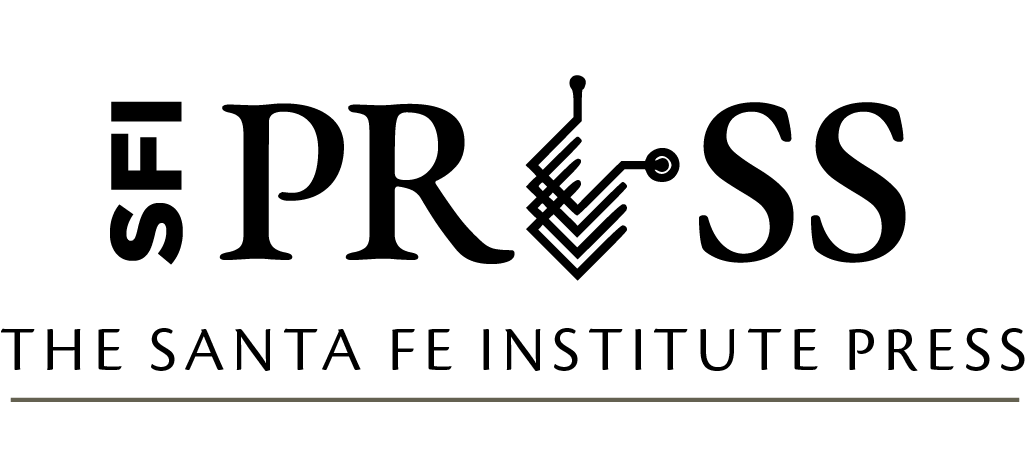Foundational Papers in Complexity Science pp. 2535–2561
DOI: 10.37911/9781947864559.79
Learning from the Immune System
Author: Anil Somayaji, Carleton University
Excerpt
Immune systems are remarkable examples of complex adaptive systems. They are decentralized, massively distributed, and able to adaptively respond to novel circumstances. While a better understanding of immune systems has many potential benefits for human health, such understanding could also help with the creation of artificial systems with similar capabilities. “Self–Nonself Discrimination in a Computer” was the first attempt to take specific models of the human immune system and apply them to a computer system. This paper presents a technique for detecting modified files based on a theoretical model of immune-system pattern recognition. The presented negative selection algorithm inspired significant follow-on work, as did the general idea of using the immune system as a template for novel computer defenses. It is foundational both because of the work it inspired and because it shows how much work remains at the intersection of computer science and immunology.
This paper is part of a long-term collaboration between the co- authors Stephanie Forrest (a computer scientist) and Alan Perelson (an immunologist) that continues to this day. The bulk of this work has focused on modeling the human immune system, particularly on the functioning of immune-system memory. Unlike many other approaches that use differential equations to model immune-system dynamics, their work explores the dynamics of bitstrings (strings of 1s and 0s) and bitstring matching. Bitstrings are used to represent antigen/antibody interactions, with closer matches between them corresponding to stronger recognition of potential infectious agents. Bitstring matching had been previously used by Pentti Kanerva to model the associative memory of the human brain; the immune system can also be seen as a kind of associative memory, and so its dynamics can also be modeled using similar techniques (Smith, Forrest, and Perelson 1999).
Bibliography
D’haeseleer, P., S. Forrest, and P. Helman. 1996. “An Immunological Approach to Change Detection: Algorithms, Analysis, and Implications.” In Proceedings 1996 IEEE Symposium on Security and Privacy, 110–119. https://doi.org/10.1109/SECPRI.1996.502674.
Dasgupta, D., ed. 1999. Artificial Immune Systems and Their Applications. Berlin, Germany: Springer.
Esponda, F., E. S. Ackley, P. Helman, H. Jia, and S. Forrest. 2007. “Protecting Data Privacy Through Hard- to-Reverse Negative Databases.” International Journal of Information Security 6:403–15. https://doi.org/10.1007/s10207-007-0030-1.
Forrest, S., S. Hofmeyr, and A. Somayaji. 2008. “The Evolution of System-Call Monitoring.” In 2008 Annual Computer Security Applications Conference (ACSAC), 418–430. https://doi.org/10.1109/ACSAC.2008.54.
Forrest, S., S. A. Hofmeyr, A. Somayaji, and T. A. Longstaff. 1996. “A Sense of Self for Unix Processes.” In Proceedings 1996 IEEE Symposium on Security and Privacy, 120–128. https://doi.org/10.1109/SECPRI.1996.502675.
Forrest, S., A. Somayaji, and D.H. Ackley. 1997. “Building Diverse Computer Systems.” In Proceedings. The Sixth Workshop on Hot Topics in Operating Systems (Cat. No.97TB100133), 67–72. https://doi.org/10.1109/HOTOS.1997.595185.
Kephart, Jeffrey O. 1994. “A Biologically Inspired Immune System for Computers.” In Artificial Life IV: Proceedings of the Fourth International Workshop on the Synthesis and Simulation of Living Systems. MIT Press. https://doi.org/10.7551/mitpress/1428.003.0017.
Luo, W., Y. Hu, H. Jiang, and J. Wang. 2019. “Authentication by Encrypted Negative Password.” IEEE Transactions on Information Forensics and Security 14 (1): 114–128. https://doi.org/10.1109/TIFS.2018.2844854.
Perelson, A. S., and G. F. Oster. 1979. “Theoretical Studies of Clonal Selection: Minimal Antibody Repertoire Size and Reliability of Self-non-self Discrimination.” Journal of Theoretical Biology 4 (81): 645–670. https://doi.org/10.1016/0022-5193(79)90275-3.
Smith, D. J., S. Forrest, and A. S. Perelson. 1999. “Immunological Memory is Associative.” In Artificial Immune Systems and Their Applications, edited by D. Dasgupta, 105–114. Springer.
